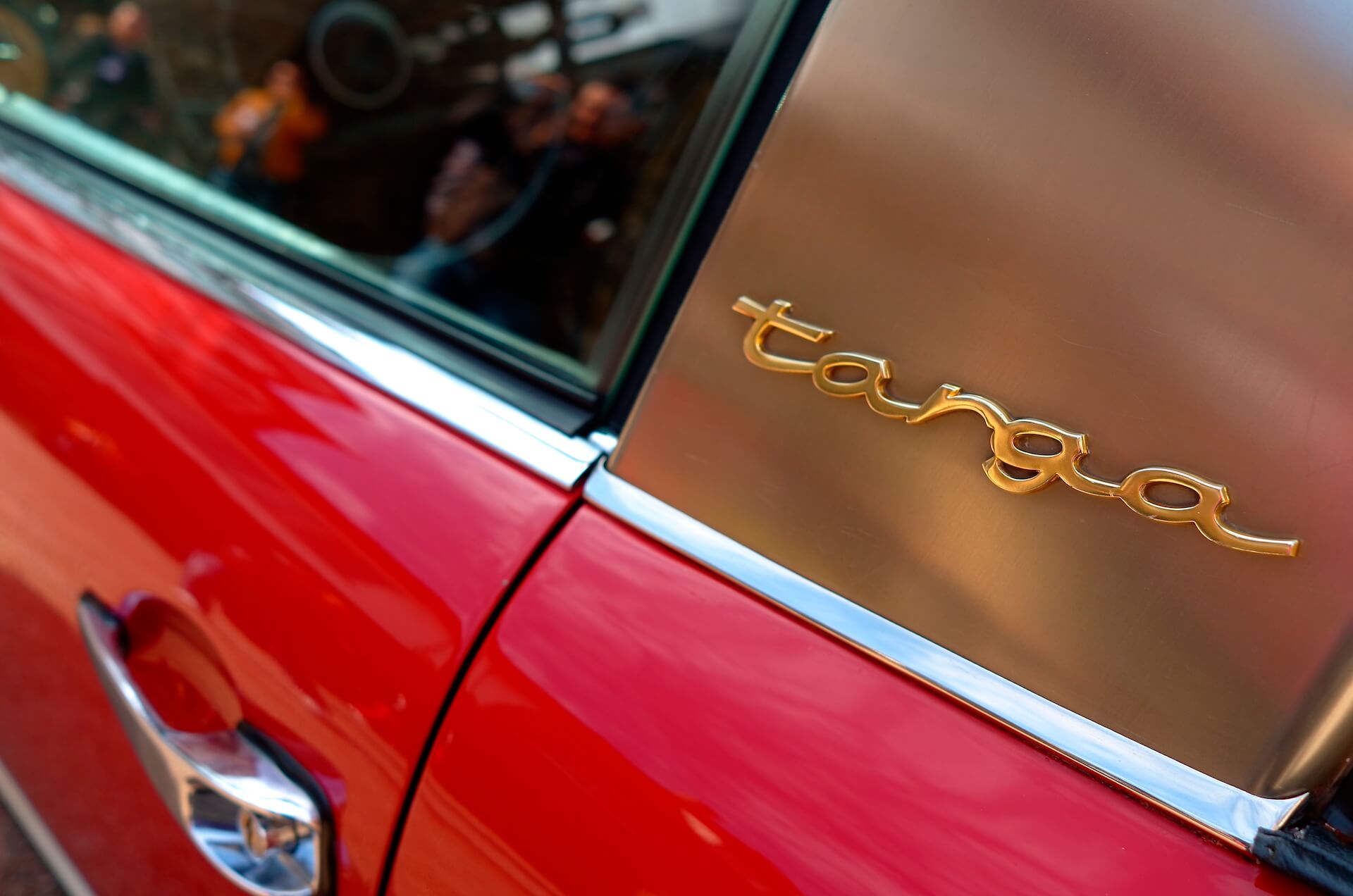Find the original post in the blog of Gapless App.

Classic cars are an emerging asset class that has become increasingly reliable over the past ten to twenty years. In other words, it’s a good game to get into. However, for most investors, the classic car market can seem complicated and opaque. So where should curious investors start? One approach is to familiarize oneself with classic car indices, just as one would do with equity markets. One could also find an expert to get advice from, or go to car shows and start asking around, but classic car indices are the most readily accessible entry point to those doing research from home.
Investing in cars, when done well, can not only be lucrative but also an exciting and rewarding hobby. However, be warned that the classic car scene can be more treacherous than traditional asset classes. Lack of transparency and regulation combined with growing hype mean fraud is common, so caution is paramount. This being said, anyone willing to do their research and accept help from trusted experts should have no trouble avoiding any scams they might encounter.
Buying a used car can come with all kinds of pitfalls, read our guide to learn how to come out on top!
Market cap weighted vs price weighted Indices
Most equity indices are market cap weighted, meaning that the individual components of these indices are weighted according to their market capitalization. The S&P 500 and NASDAQ are examples of such indices. A minority of equity indices are price weighted, notably the DJ Industrial and Nikkei 225. Individual components in these indices are weighted based on their price per share (or in the case of cars, price per car). In the classic car world, this distribution is reversed. Most classic car indices are price weighted, especially if the index in question tracks a small number of cars. This means that when the prices of the car models in a classic car index rise, the index rises with them.
The main classic car indices
The following section will introduce the most prominent classic car indices. The purpose is not to explain the indices’ constructions, but rather to present some background and introductory considerations for each index. Most index providers make some of their data available for free, but charge for more detailed figures. It is important to mention that many of these indices are quite new. Although enthusiasts have traded classic cars for over a century, investors have only been using financial instruments to analyse this market for the past 15 years or so. This doesn’t discount the information one can glean from indices, but it should still be considered.
HAGI Indices
Historic Automobile Group International (HAGI) was the first serious player in classic car indices. It is an independent investment research house and think-tank with specialised expertise in the rare classic motorcar sector. In 2009, HAGI started using rigorous financial methodology usually associated with more traditional investments to track classic cars as an alternative asset. HAGI puts out 6 indices, each pertaining to a specific sector of the market. They are as follows.
- “Top Index” a general index for rare automobiles that incorporates the top 50 most valuable car models on the market.
- “Top ex. P&F” excludes all Porsche and Ferrari from its figures. This can give owners (or prospective buyers) of less popular brands a more accurate picture of the section of the market that pertains to them.
- “F Index” tracks only the Ferrari market.
- “LPS Index” tracks only the Lamborghini market.
- “MBC Index” tracks only the market for classic Mercedes-Benz cars from between 1920 and 1980.
- “P Index” tracks only the Porsche Market.
The Knight Frank Luxury Investment Index also has a classic car index, but it uses data from HAGI Indices.
Hagerty Indices
Hagerty is an American company that specializes in insurance for classic in luxury vehicles. This specialization gives Hagerty a uniquely detailed view of the classic car market, and it uses this position to publish various classic car indices that are widely respected. The indices are inflation adjusted and track the global market. Hagerty’s indices are as follows.
- 1950′ American tracks classic American cars manufactured in the 1950s.
- Affordable Classics tracks classic cars valued at under $30,000.
- Blue Chips tracks only the most expensive cars.
- British Cars
- Ferrari
- German Collectibles tracks Porsche, Mercedes-Benz and BMW.
- Muscle Cars
The K500 Index
The K500 index is put out by Kidston, a Geneva-based dealer and consultant firm with has its finger firmly on the pulse of the classic car market. The index tracks 500 cars by analyzing data from some 30,000 constantly growing auction results from over two decades of sales. Each car of the K500 has been chosen for its historical and intrinsic value. This insistence on the consideration of intangible value makes the K500 a good indicator for gauging the potency of some of the subjective factors that define a classic car’s value, like it’s racing history. The K500 also provides subscribers with curves tracking the price fluctuation history of each car in the index. Finally, every car in the K500 is given a score between 1-100 to denote how often this model is bought and sold. Cars with high scores are considered particularly desirable.
The DOX Index
The German Association of the Automotive Industry (VDA) started publishing the Deutscher Oldtimers Index since 2010. This index tracks German classic car market. It is calculated once a year and incorporates 88 cars that are selected to reflect the German market that year. The average price of the cars included in the DOX is less than €50,000, which differentiates this index from most of the others on this list. The constituents of the DOX Index are changed every 3 years.
The DOX is useful for understanding the enthusiast market segment – which accounts for a majority of the market’s sales volume – in isolation from the hyper high price market, which draws much more attention but is largely irrelevant to the average investor.
The OTX Index
The other significant German index for classic cars is the OTX Index by Südwest Bank. Like the DOX, the OTX is released every year and tracks the values of 20 cars by South German manufacturers. the goal of the OTX is to reflect price fluctuations in the German classic car market.
Putting the indices in perspective
By monitoring the main international classic car Indices, you can start to compare the evolution of this relatively new but promising asset class. Since the end of 2015, classic car prices have been trending up or sideways. While the most expensive classic cars are probably out of your price range, the market is still worth getting into.
In conclusion, we could advise you not to look too much at the empirical data derived from classic car indexes as well as the price fluctuations they are capturing, but simply enjoy driving your classic car(s) for the sake of it.


